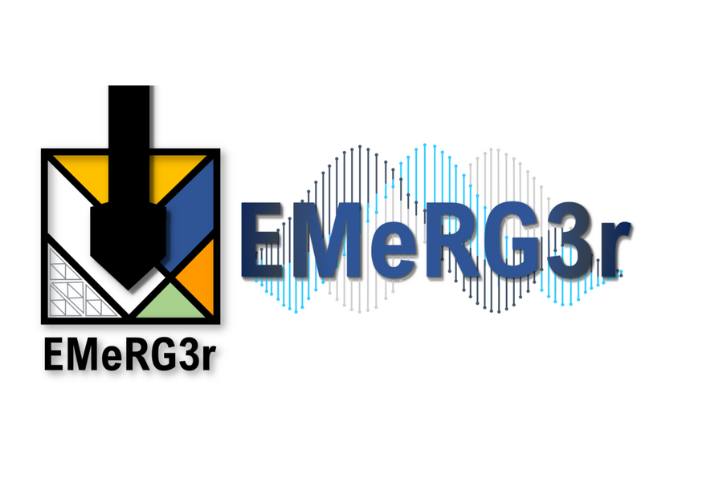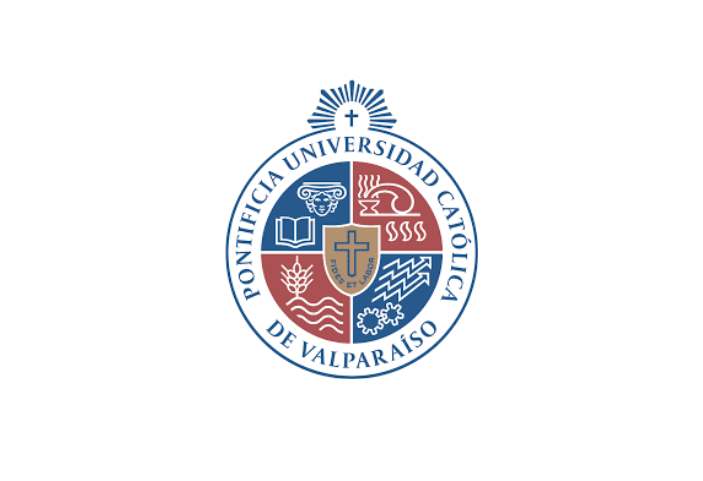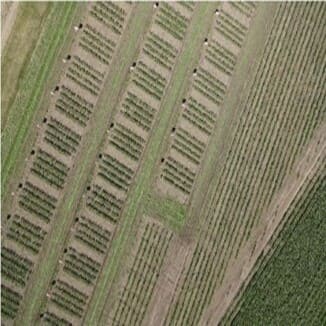
EmeRG3r – Fondasol – Navier Laboratory, Gustave Eiffel University, CIO SE
The aim of the EMeRG3r project is to design the 3rd generation of dynamic penetrometers that will, on the one hand, provide the peak resistance of the soil under test, and, on the other hand, by analyzing and processing the signals recorded during driving, determine additional parameters governing the deformation behavior of the soil involved in cone driving, as expressed by the load-deepening curve of the soil at the tip.
This curve can be used to determine resistance and deformation parameters such as dynamic and pseudo-static resistance, penetrometric modulus, compressional and shear wave velocity, as well as a soil damping coefficient, for each driving stroke.
Project funded by the Auvergne Rhône Alpes Region, ERDF and Bpifrance.

Project with PUCV University in Valparaiso, Chile
Following on from our long-standing exchanges with the geotechnical group at PUCV University in Valparaiso, Chile, a new 24-month R&D project is about to be launched.
The project proposed by the working group led by PUCV, comprising SERNAGEOMIN (National Geology and Mining Service), compania Minera Pudahuel and Sol Solution, has been selected as part of FONDEF’s IDeA call for projects (Chilean Ministry of Education’s Scientific and Technological Development Fund).
This project, which aims to support the safe closure of medium-sized mine sites, particularly with regard to the stability of mine waste rock (tailings), involves the development of an intelligent platform for the periodic assessment of physical stability for the safe and gradual closure of waste dumps in medium-sized mines.
Chile, the world’s leading producer and exporter of copper (over 30% of global production), also has the world’s largest copper reserves at 210 million tonnes, or 22%. Ore extraction processes, though increasingly advanced and efficient, generate astronomical quantities of sandy mine tailings, which are compacted and stored in the form of dams that can be several hundred metres long, such as the Mauro reservoir containment dam, which is almost 300 metres high and holds back 1.7 million m3 of compacted mine tailings.
There are more than 750 tailings repositories, over 80% of which are inactive or abandoned.
Add to this the seismicity of the region and the risk of liquefaction of these structures, and you can imagine the efforts made by stakeholders to ensure the stability of these structures.
In the face of this risk, the project we are carrying out is of the utmost importance, proposing a multi-scale approach (satellite images, geophysical and geotechnical tests) combined with the use of the latest developments in artificial intelligence to monitor and control mine tailings dams in order to implement safe progressive closure. In addition, as part of the proposed solution, a procedure will be developed for measuring the critical variables that define the physical stability of a site using in situ tests (Drone, MASW and/or MAM surface geophysical seismic, HSVR spectral ratio or Nakamura method, and lightweight dynamic penetrometers). This procedure can be used in cases where a general assessment of some of the critical variables is required.
Sol Solution’s participation will essentially consist in providing the innovative technologies, processing know-how and spatialization of the indicators feeding this platform.

Parrasol with Michelin and Limagrain
The Parrasol project aims to offer a new range of services and products to cereal growers: OAD enriched by data from innovative sensors measuring soil conditions and the genetic characteristics of wheat varieties, a disruptive tire limiting soil compaction, etc.
This R&D project is led by Michelin, with Limagrain as main partner and Sol Solution, IRSTEA and INRA as contributors. The project has been funded by the “Investissements d’Avenir” program to the tune of €4.7 million (for a total project value of €13.4 million).
The PARRASOL project aims to offer a range of services and products to European cereal growers. Based on the improvement of existing Decision Support Tools (DST), this offer takes into account data from innovative sensors that automatically measure various physical variables related to soil condition, throughout the crop cycle, as well as the genetic characteristics of wheat and corn varieties, thanks to the implementation of experimental plots instrumented with sensors.
The PARRASOL project includes a digital platform for receiving and consolidating data from the plots studied (soil, plants and environment), in order to provide advice on cultivation practices. This system is accompanied by the development of a tire whose performance is very different from that of the current market offering, and which aims to reconcile improved traction with reduced soil compaction.
The project is structured around a consortium comprising MICHELIN, world leader in agricultural tires, and VILMORIN & Compagnie, holding company for the seed business of the international LIMAGRAIN cooperative group.
These innovative tools help to reduce the quantity of crop inputs, while limiting soil compaction and fuel consumption. They also make it possible to optimize the differences in behavior of cereal varieties according to pedoclimatic conditions.
